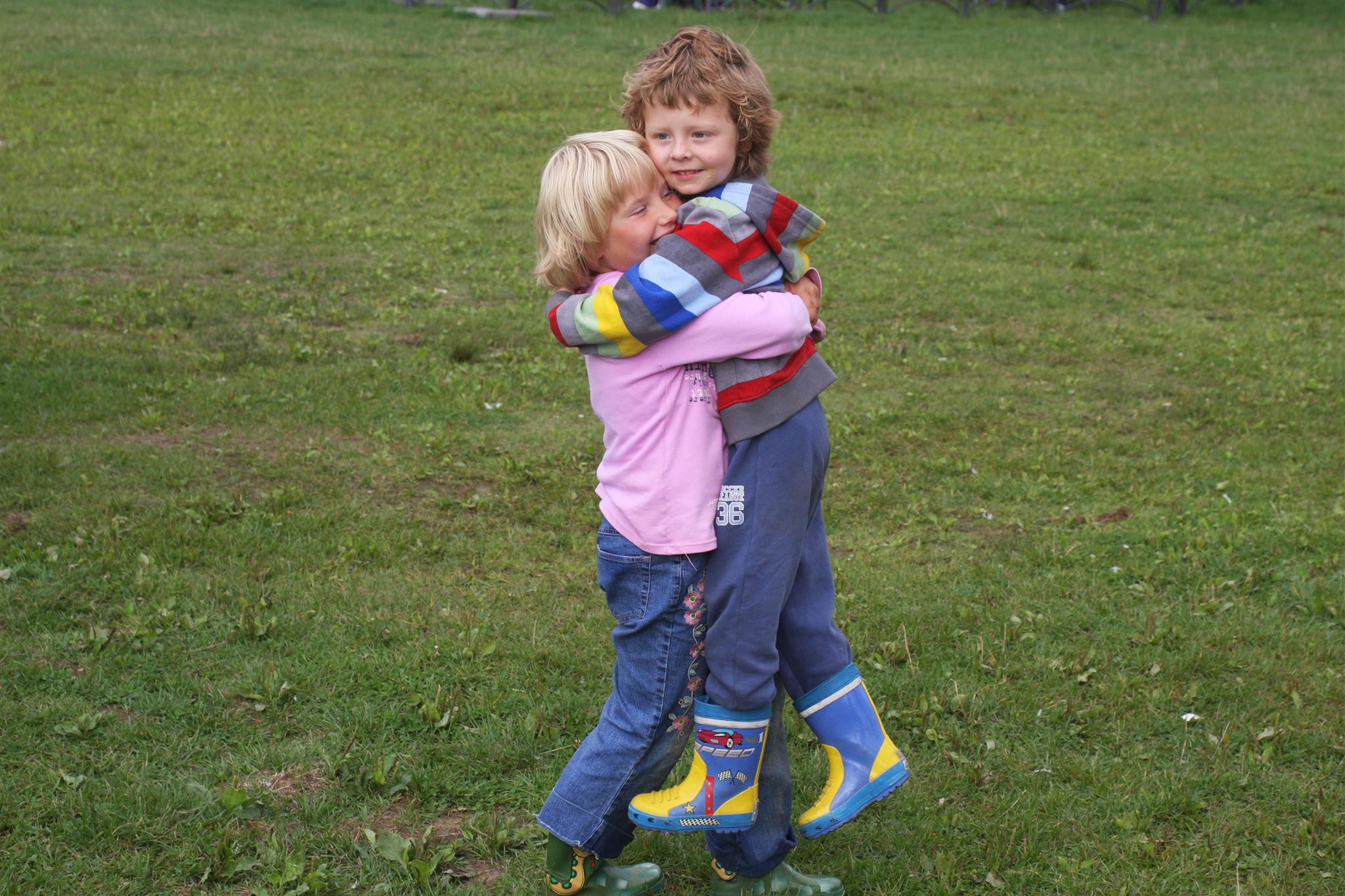I’ve been working in the nursery in our church (a class for 18-month-old to three-year-old children) and it’s such a joy. I love to watch the way the little ones interact. Most of the time they are cute; they do and say darling things, but it’s even more entertaining when they are mean! They grab toys aggressively, pull or push another child down for no reason, or hit with surprising force when they want a toy. Of course, I find this entertaining because these are not my children, but I also enjoy these moments because I have a secret weapon! I have the most powerful tool for these situations, which I have written about before, but being around these children reminded me of it and I wanted to reemphasize it and share it again.
In a nutshell, the tool is “use your words,” but you must give the child the exact words to say. A two-year-old doesn’t know what to say to solve these problems, and if we come in and solve the problem for the children, they don’t learn what to say. I’ve always felt that it far more important to teach children to keep the peace than to teach them to share. If they know how to keep the peace, they have mediation skills, and these can serve them in a variety of problematic situations.
Here’s an example of what I mean. For clarity, I’m going to use T and S for the names of the children. Let’s say that T is playing with a toy, S comes over and grabs it, and T starts to cry or fuss. As the leader/parent I come over and gently hold S’s hand that is holding the toy. I say, “Ask for the toy, say, ‘Can I have it?’” S then repeats “Can I have it?” (Or sometimes she looks blankly at me and I repeat the instructions.) If T seems like he won’t mind giving it up I instruct T to say, “Sure, you can have it.” If T appears upset at losing the toy, I say to T: “Tell her, when I’m done you can have it.” Again, the instruction might need to be repeated if T doesn’t understand.
It is amazing to watch the transformation that occurs when this process is followed. The children relax, as if they are relieved that there is going to be a peaceful solution. Just by saying “can I have it?” tensions are calmed and the atmosphere becomes friendlier. Saying those words, even though they are simply copying you, empowers the children and gives them a sense of control.
Sometimes I might explain to T: “If you’re done with it you can say yes, but if you want it for longer, you can tell her she can have it in a minute.” If S continues to fuss about wanting it, I will ask T, “How many minutes to do you want it?” If no answer is forthcoming I’ll offer some ideas: “Five minutes?” Eventually T will say, “Yeah, five minutes.” Then I instruct T: “Tell S, say, ‘You can have it in five minutes.’” It literally does not matter the number of minutes chosen. Knowing that there is a time limit gives both children peace. Usually T will give up the toy before it’s even close to the five minutes. As we all know, the allure of a toy is when someone else wants it. Once that is diffused, the child usually moves on to another toy.
I don’t believe that forcing a child to share makes the child kinder in future situations. Being forced to share creates a feeling of resentment and a sense that sharing results in unhappiness. It’s much more effective to gently encourage sharing while teaching children how to get along in general, using tactics such as finding another toy of that type for the friend who wants your toy or finding a way you can both play with the toy. Teaching your child how to use words to get what he wants and to resolve conflicts takes more time in the short term, but in the long run you will be mediating fewer conflicts. And your training will give your children strong personal relationship skills that will be beneficial throughout their lives.
For more on this topic, see Use Your Words.


